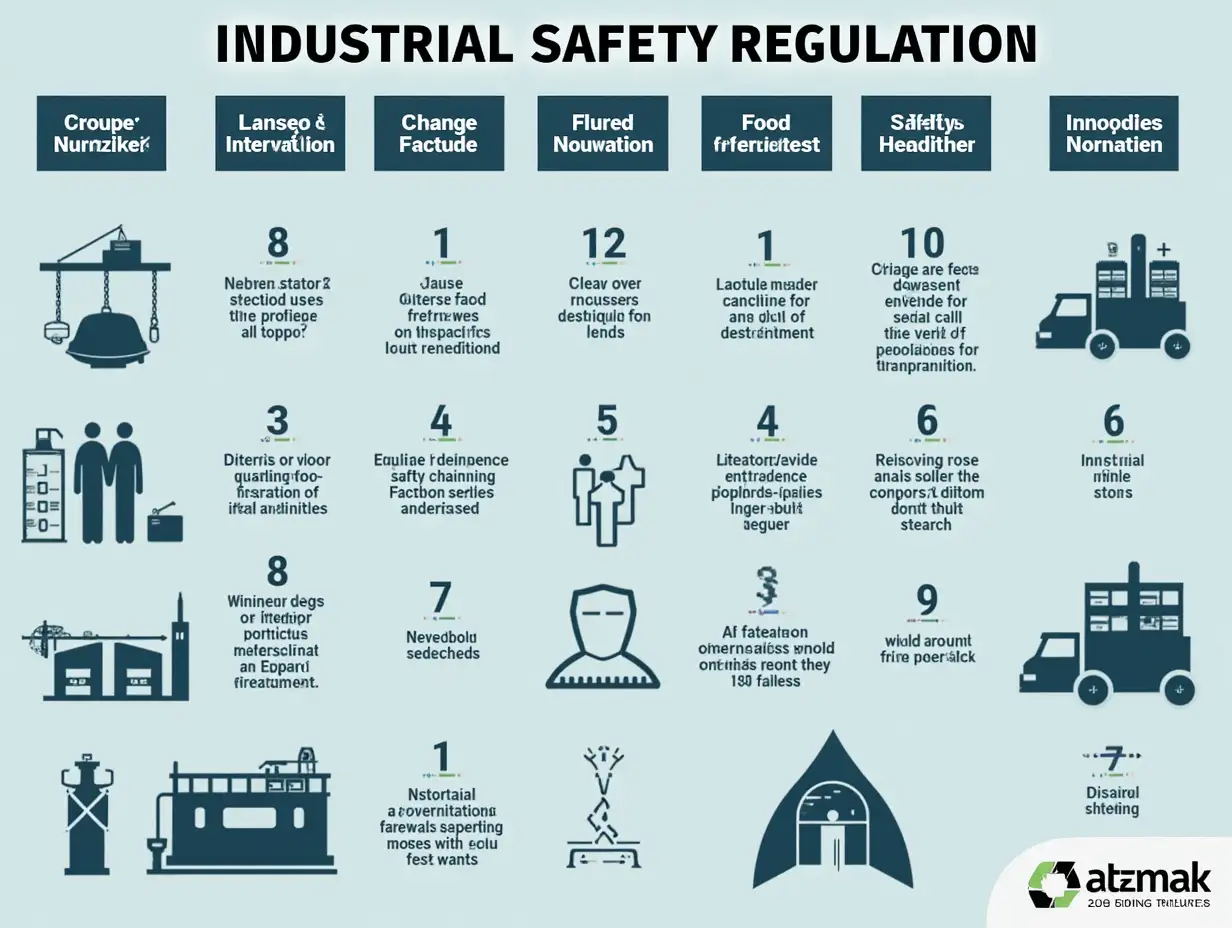Free Risk assessment Image Generator
Just imagine, and we'll instantly return a variety of personalized Risk assessment images—designed to bring your creativity to life! Generated by
- 4:3
- 3:4
- 1:1

image.state.default





Related Tags
Risk assessment is a systematic process for identifying and evaluating potential risks to an organization's assets, operations, and individuals. It involves analyzing threats, vulnerabilities, and the potential impact of various risk scenarios. The goal is to prioritize risks and implement measures to mitigate or manage them effectively. Risk assessment is crucial in fields such as finance, healthcare, engineering, and information technology, where the consequences of unmanaged risks can be significant.
Understanding Risk Assessment: A Comprehensive Overview
Risk assessment plays a vital role in numerous industries. In healthcare, it helps in identifying and mitigating risks associated with patient safety and medical procedures. In finance, risk assessment is used to evaluate the potential impacts of market volatility, credit risk, and operational risks. The construction industry relies on risk assessment to ensure the safety of workers and the integrity of structures. Information technology utilizes risk assessment to protect data integrity and cybersecurity. Each industry tailors risk assessment methodologies to address specific threats and vulnerabilities.
Applications of Risk Assessment Across Different Industries
There are various types of risk assessment, including qualitative, quantitative, and hybrid approaches. Qualitative risk assessment uses descriptive analysis to evaluate risks, often through expert judgment and scenario analysis. Quantitative risk assessment employs numerical methods and statistical models to measure risk levels and probabilities. Hybrid approaches combine both qualitative and quantitative methods to provide a comprehensive risk evaluation. Techniques such as SWOT analysis, FMEA (Failure Mode and Effects Analysis), and Monte Carlo simulations are commonly used to perform risk assessments.
Types and Methods of Risk Assessment
The future of risk assessment is being shaped by advancements in technology and data analytics. The integration of artificial intelligence and machine learning enables more accurate and real-time risk assessments. Predictive analytics and big data are revolutionizing the way risks are identified and managed, providing deeper insights and proactive measures. The increasing focus on sustainability and climate risks is leading to the development of specialized risk assessment models to address environmental challenges. As organizations continue to navigate complex global landscapes, the evolution of risk assessment practices will be crucial in maintaining resilience and competitiveness.
Future Trends in Risk Assessment